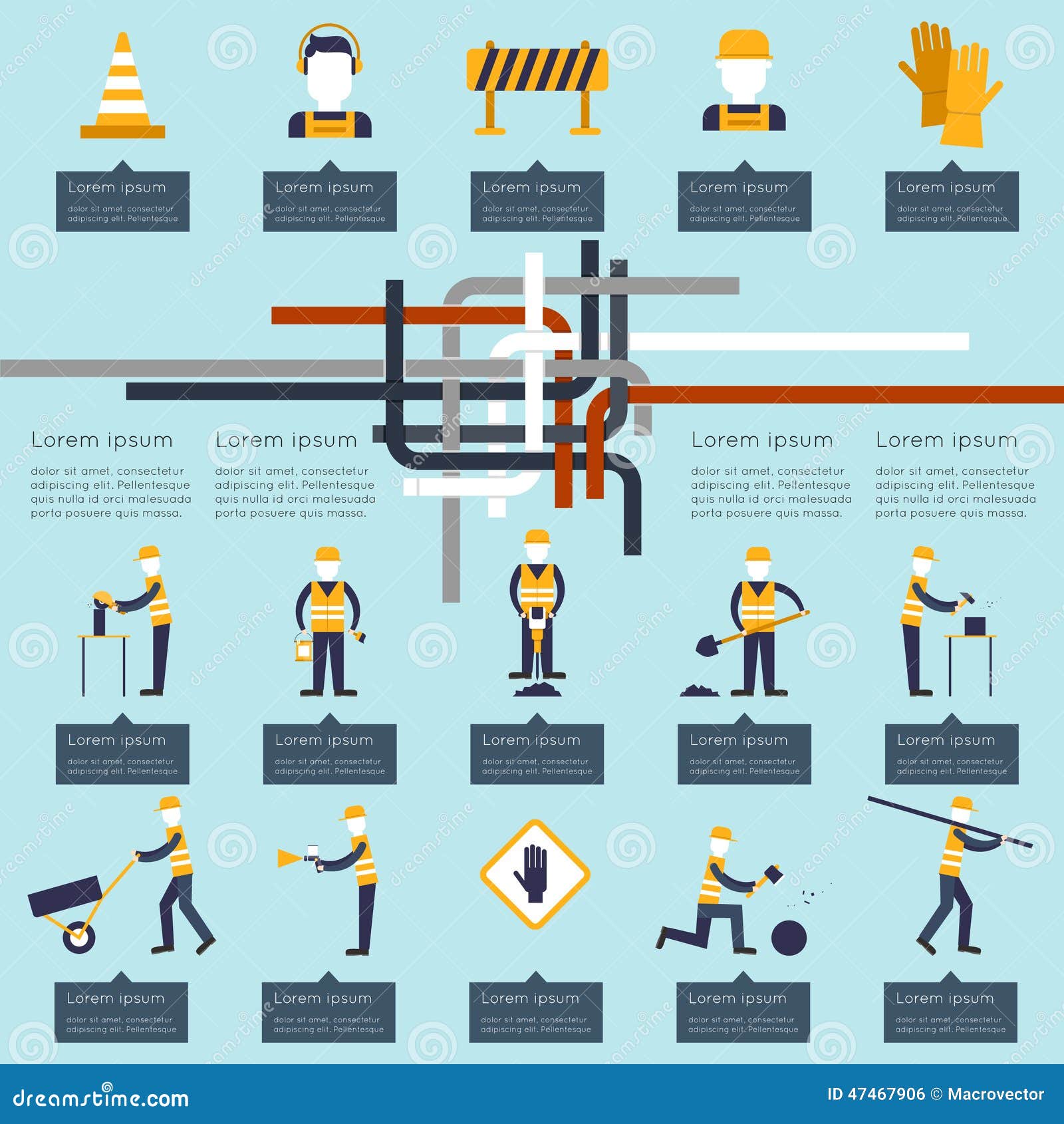Seasonal Considerations For Commercial Exterior Paint: What You Need To Know
Seasonal Considerations For Commercial Exterior Paint: What You Need To Know
Blog Article
Created By-Aguilar Skafte
When you're planning a commercial exterior painting project, seasonal aspects can make or damage your results. You'll want to consider just how temperature and humidity influence paint application and drying out times. Choosing the best season can guarantee your paint sticks effectively and lasts much longer. But which periods are absolutely the best for this sort of work? Let's discover the crucial elements that can influence your job's success.
The Influence of Temperature Level on Paint Application
When you're planning a commercial exterior paint project, the temperature can considerably affect just how well the paint sticks and dries out.
Ideally, you intend to paint when temperature levels vary between 50 ° F and 85 ° F. If it's too chilly, the paint might not treat properly, causing issues like peeling or fracturing.
On the other hand, if it's too hot, the paint can dry also rapidly, stopping correct attachment and causing an unequal coating.
You must likewise think about the moment of day; early morning or late afternoon provides cooler temperatures, which can be more beneficial.
Constantly inspect the producer's referrals for the certain paint you're utilizing, as they often provide support on the suitable temperature level array for optimum results.
Moisture and Its Effect on Drying Times
Temperature level isn't the only ecological aspect that influences your business exterior paint project; moisture plays a significant duty too. High moisture levels can decrease drying times dramatically, affecting the general high quality of your paint job.
When the air is saturated with wetness, the paint takes longer to heal, which can result in issues like inadequate adhesion and a higher threat of mold growth. If you're painting on an especially moist day, be gotten ready for extended wait times between layers.
It's important to monitor regional climate condition and plan appropriately. Preferably, go for humidity degrees between 40% and 70% for optimum drying out.
Maintaining these factors in mind ensures your task remains on track and delivers a long-term coating.
Best Seasons for Commercial Exterior Painting Projects
What's the very best time of year for your commercial external painting tasks?
Springtime and very early autumn are generally your best bets. Throughout these seasons, temperatures are mild, and moisture degrees are typically reduced, developing excellent problems for paint application and drying.
Avoid summer's intense heat, which can cause paint to completely dry too rapidly, bring about inadequate bond and finish. In straight line builders , winter months's chilly temperatures can impede correct drying out and healing, taking the chance of the durability of your paint work.
Aim for days with temperature levels between 50 ° F and 85 ° F for ideal outcomes. Bear in mind to inspect the neighborhood weather report for rainfall, as damp conditions can wreck your project.
Planning around these elements guarantees your paint project runs smoothly and lasts longer.
Conclusion
In conclusion, preparing your commercial external paint tasks around seasonal factors to consider can make a considerable difference in the end result. By scheduling job during the optimal temperatures and moisture levels, you'll make sure far better adhesion and drying out times. Keep in mind to keep an eye on regional weather report and pick the right time of year-- springtime and very early fall are your best bets. Taking mouse click the next article will certainly aid you attain a sturdy and expert finish that lasts.
